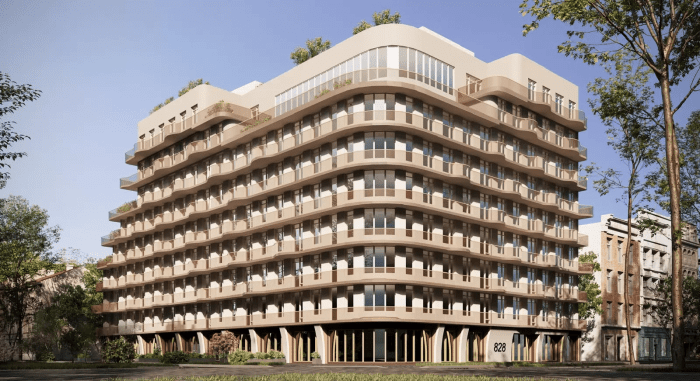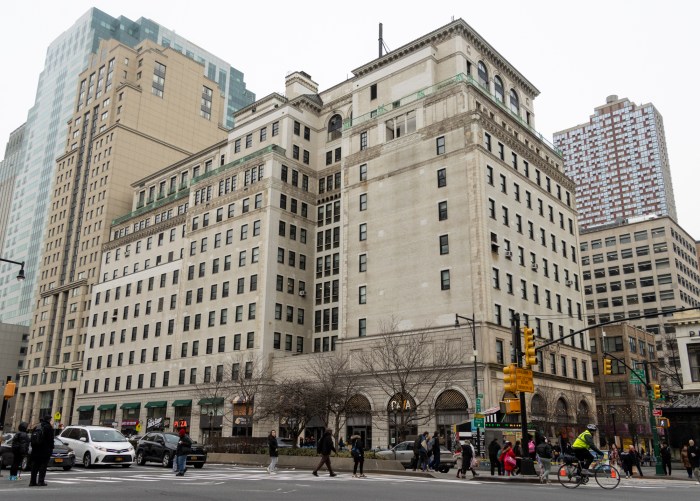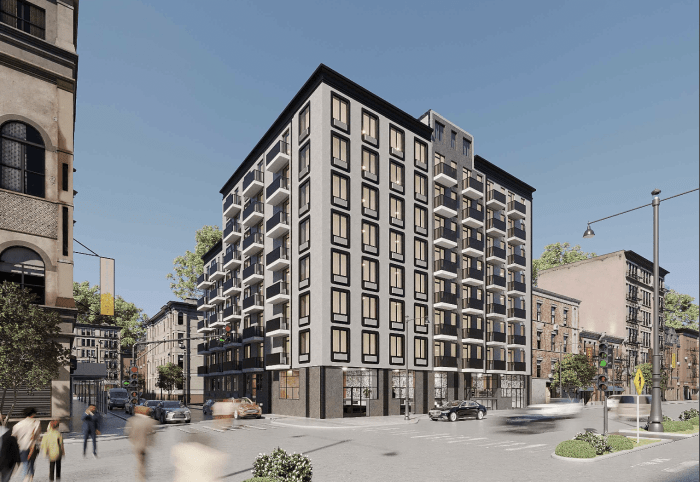Local pols and leaders on Nov. 1 broke ground on the first of three parts of a soon-to-be block-sized Surf Avenue building between West 19th and 20th streets that they say will benefit Coney Island by bringing new below-market rate housing, as well as retail and office space, to the community.
“With space for much-needed retail, workforce development, and an HRA office to serve as a critical local resource, this project is a vital part of a brighter future in Coney Island,” said Councilman Mark Treyger (D-Coney Island).
The first building in the $253.9-million, mixed-use development will offer 446 affordable studios, one-, and two-bedroom units to the formerly homeless and low-income locals across its two connected towers, according to city reps, who said the complex’s second and third structures will add about 500 more units of affordable housing, bringing the development’s grand total to nearly 1,000 units.
The area’s 2009 rezoning requires the developers allocate 35 percent of units as affordable housing for low and moderate-income families who earn between 51 percent and 120 percent of the area’s median income, which comes out to between $53,193 and $125,160 for a four-person household, according to data from the city’s Department of Housing Preservation and Development.
The distribution of the first building’s 446 below-maket-rate units includes:
• 45 units for tenants who were formerly homeless, who will be referred through the Departments of Homeless Services, Housing Preservation and Development, or another city agency of official, according to a rep for the complex’s trio of builders, BFC Partners — the firm overseeing the controversial redevelopment of Crown Heights’s Bedford-Union Armory — L and M Development Partners, and Taconic Investment Partners, who first revealed plans for the project in January.
• 45 units for tenants at 27 percent of the area median income, which is $22,545 for a two-person household or $28,161 for a four-person household.
• 45 units for tenants at 37 percent of the area median income, which is $30,895 for a two-person household or $38,591 for a four-person household.
• 45 units for tenants at 47 percent of the area median income, which is $39,245 for a two-person household or $49,021 for four-person household.
• 178 units for tenants at 57 percent of the area median income, which is $47,595 for a two-person household or $59,451 for a four-person household.
• 66 units for tenants at 80 percent of the area median income, which is $66,800 for a two-person household or $83,440 for a four-person household.
• 22 units for tenants at 95 percent of the area median income, which is $79,325 for a two-person household or $99,085 for a four-person household.
The rep did not offer a breakdown of how many studios, one-, and two-bedrooms will be available to tenants at each income level.
The building will offer more than a football field’s worth of office space for the city’s Human Resources Administration, along with a pair of communal roof decks for tenants on the eighth floors of the building’s two 16-story towers, according to city reps, who said the entire development will boast more than two-and-a-half football fields’ worth of retail space, but did not specify how exactly that space is divided among the complex’s three buildings.
The two-tower high-rise is expected to open in 2021, and construction on the second building — between West 16th and 17th streets — will start by the end of next year, after plans for it and the third structure rising between West 17th and 19th streets are released, the city reps said.
But the developers do not yet have an end date for work on complex’s second building, or a start date for construction of the third, according to their rep.























